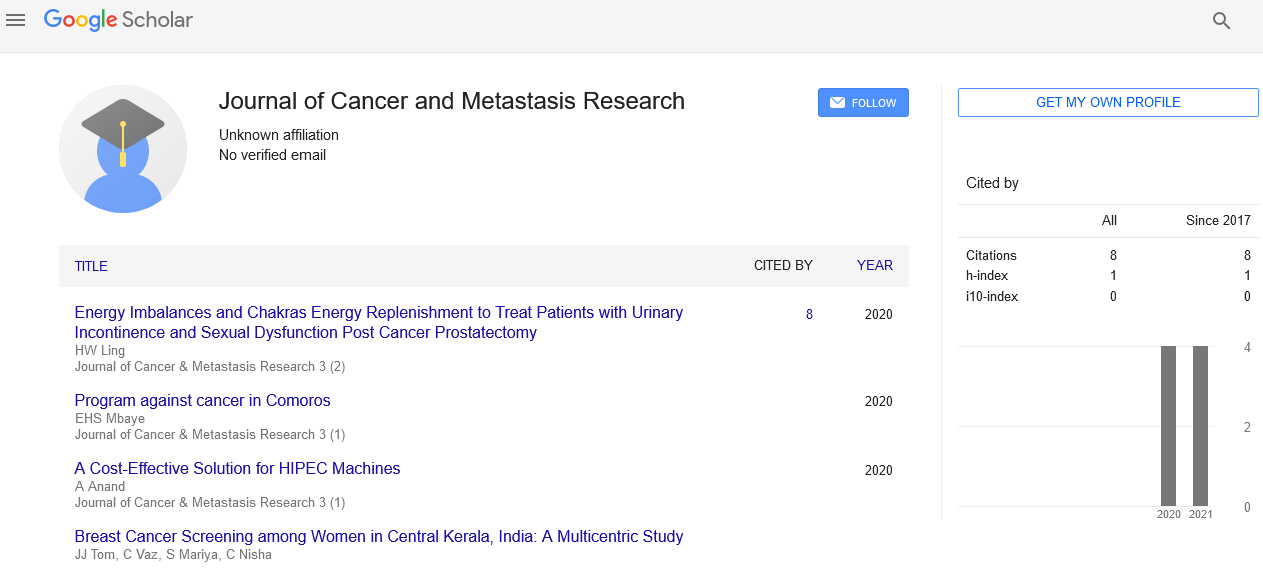loss to follow-up in a cervical cancer screening and treatment program in western kenya
Received: 23-Nov-2021 Accepted Date: Feb 04, 2022; Published: 18-Feb-2022
This open-access article is distributed under the terms of the Creative Commons Attribution Non-Commercial License (CC BY-NC) (http://creativecommons.org/licenses/by-nc/4.0/), which permits reuse, distribution and reproduction of the article, provided that the original work is properly cited and the reuse is restricted to noncommercial purposes. For commercial reuse, contact reprints@pulsus.com
Abstract
BACKGROUND Increasingly, evidence is emerging from developing countries like Kenya on the burden of loss to follow-up (LTFU)from care after a positive cervical cancer screening/diagnosis. This has been shown to negatively impact cervical cancer management. Unfortunately, little or no information exists on the subject in the western Kenya. This study is designed to determine the proportion, predictors and reasons for defaulting from follow-up care after positive cervical cancer screen using visual inspection using acetic acid (VIA).
METHODOLOGY We conducted a prospective study of women, who presented for cervical cancer screening at Chulaimbo and Webuye sub county hospitals and screened positive by VIA. A 2–3 weeks appointment was then set for review by a gynaeoncologist. A total of 100 women, scheduled for review, were recruited in the study and followed between August 2016 and May, 2017. LTFU was defined as failure to keep scheduled appointment or being unreachable for 3 consecutive months and failure to confirm that a woman sought for care in another health facility. Descriptive statistics were used to summarize data and the Cox proportional hazards model to determine factors associated with LTFU.
RESULTS The age range was 21–77 years, with a mean of 44.45 years (STD=12). Thirty nine percent 39% of the women defaulted from scheduled follow-up appointment of which 25 (64%) were LTFU. Univariate cox regression was conducted for HIV cases (HR=2.7, p-value=0.021), clinic revisits (HR=2.6, p-value=0.026), married (HR=0.63, p-value=0.237) and previously screened women (HR=1.67, p-value=0.198). Increased risk of LTFU was observed for HIV cases (HR=2.4, p-value=0.04) and revisits (HR=7.5, p-value=0.014) in a multivariable model.
CONCLUSION LTFU affects cervical cancer management due to several factors some of which are beyond the control of the women. 25% of women with cervical dysplasia are LTFU before treatment; HIV-infected women were at higher risk of being lost to follow-up, main reasons associated with LTFU include lack of fare, Myths and receiving traditional treatment.





